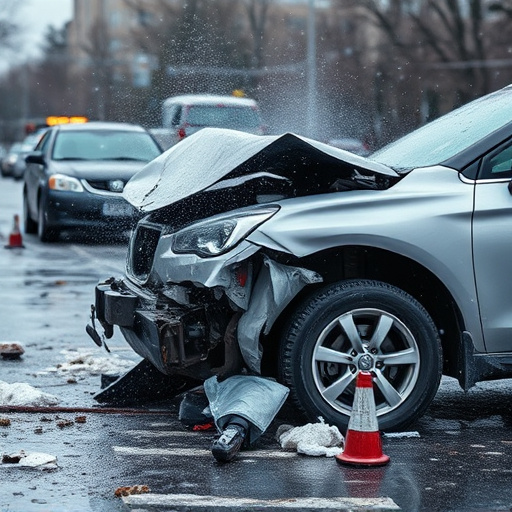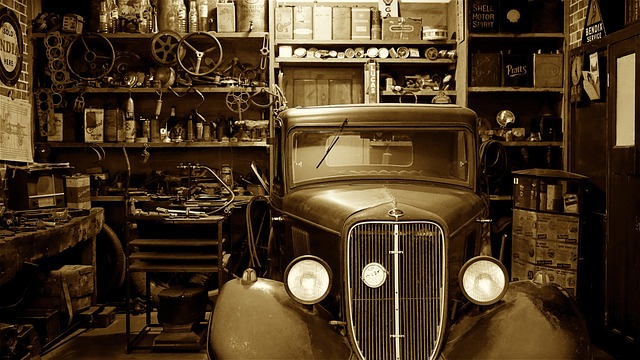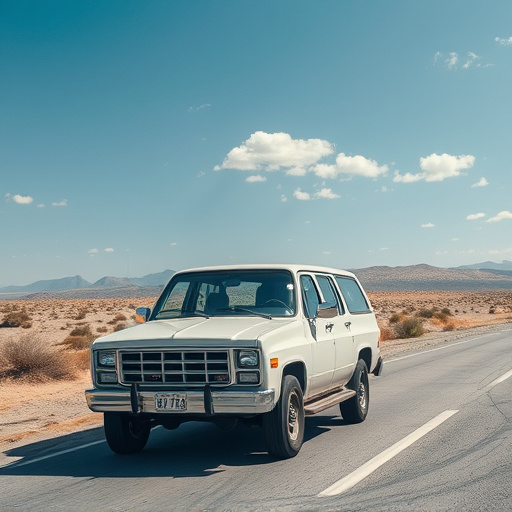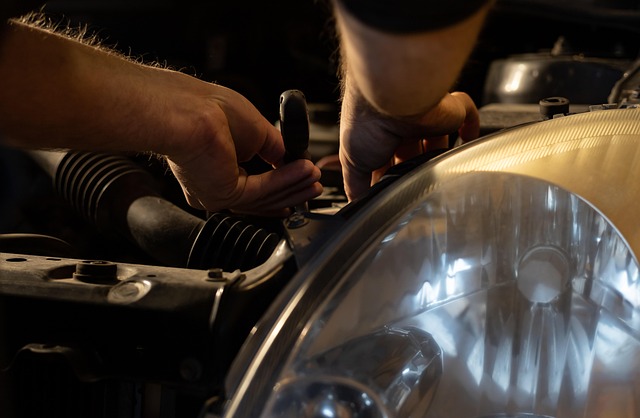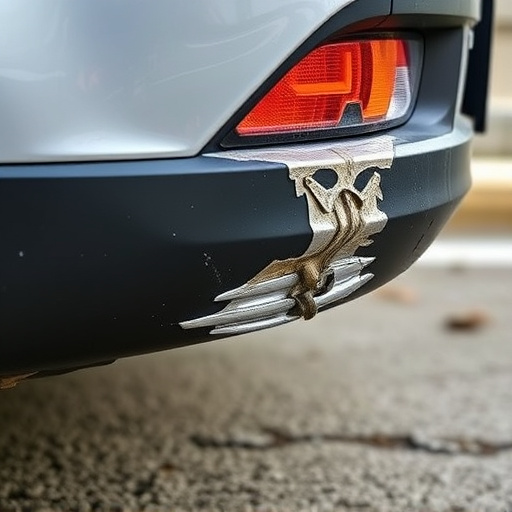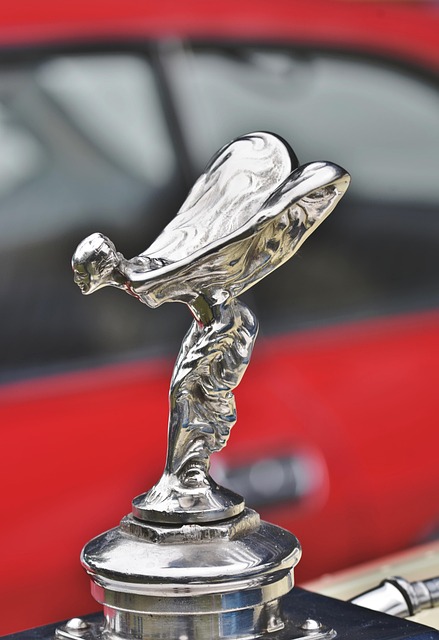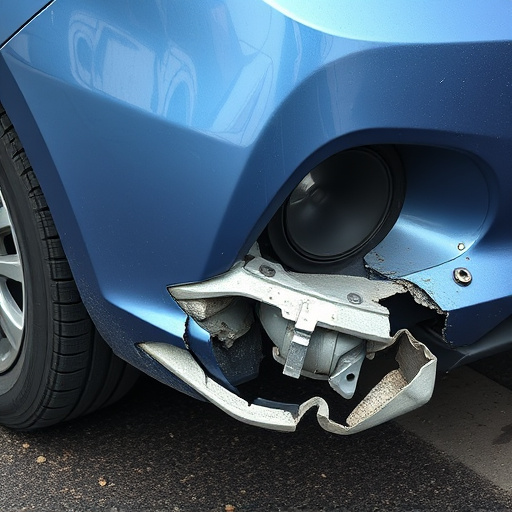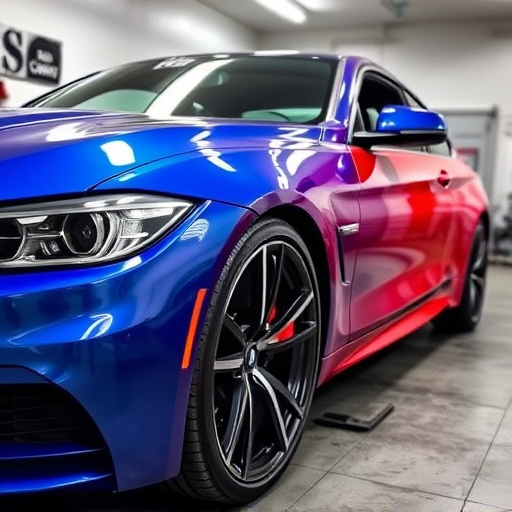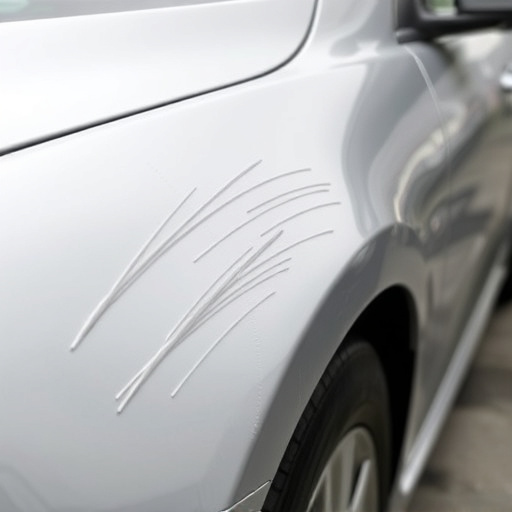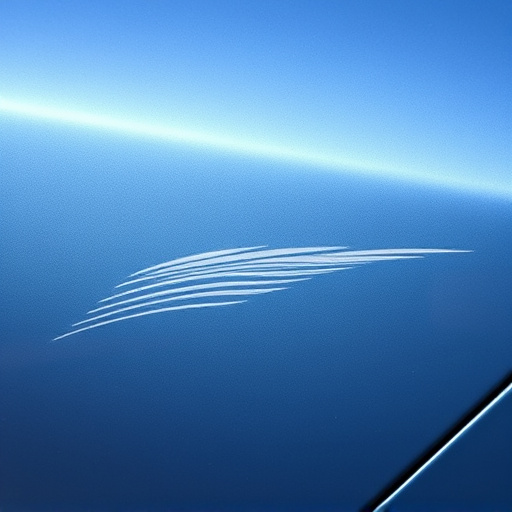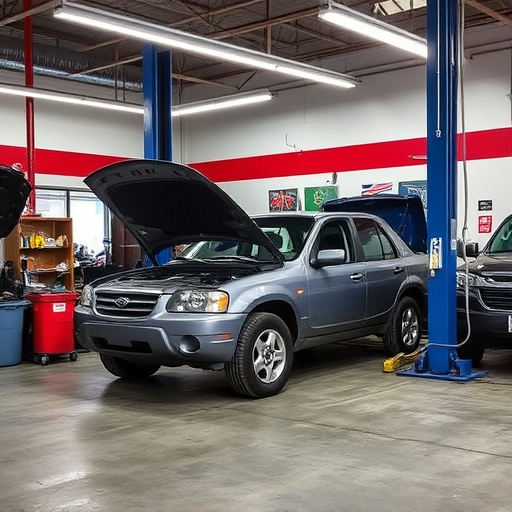Waterborne paint systems have revolutionized collision repair, offering an eco-friendly alternative to solvent-based paints with superior application and finish. Skilled technicians use advanced mixing techniques and precise equipment to match original factory finishes on luxury vehicles, ensuring seamless integration. These systems provide fast drying times, superior adhesion, and excellent resistance to fading and chipping, while reducing volatile organic compounds (VOCs). Mastering waterborne paint systems requires technical skill and artistic precision for delivering stunning, sustainable auto body repairs.
In today’s market, waterborne paint systems are gaining popularity due to their environmental benefits and superior finishes. This guide provides an in-depth look at how technicians blend these innovative systems for seamless applications. From understanding the fundamentals of waterborne paints to mastering mixing techniques and leveraging tips for consistent results, this article equips professionals with essential knowledge for achieving high-quality, durable coatings.
- Understanding Waterborne Paint Basics
- Mixing Techniques for Consistent Results
- Achieving Seamless Finishes: Tips & Tricks
Understanding Waterborne Paint Basics
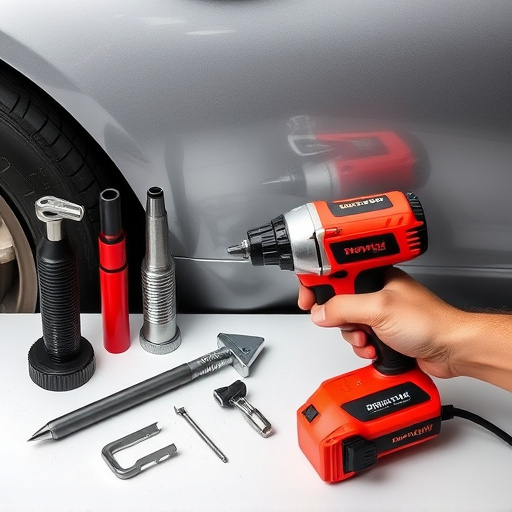
Waterborne paint systems have revolutionized the automotive industry, particularly in vehicle body repair and collision repair shops. These advanced coatings are a far cry from traditional solvent-based paints, offering a more environmentally friendly and efficient solution. At their core, waterborne paints consist of finely ground pigments suspended in an aqueous medium, typically acrylic or urethane resins, and various additives to enhance performance. This unique composition allows for better flow and spread during application, resulting in smoother finishes and reduced overspray.
In the context of automotive collision repair, understanding how these paint systems work is crucial. Technicians can blend different waterborne paints to achieve the perfect match for a vehicle’s original finish, ensuring a seamless and durable repair. The versatility of waterborne paints means they can be used on various surfaces, from metal to plastic, making them a go-to choice in modern collision repair shops. This innovative technology not only benefits the environment by reducing volatile organic compounds (VOCs) but also provides superior adhesion, fast drying times, and excellent resistance to fading and chipping, ensuring that repaired vehicles look as good as new.
Mixing Techniques for Consistent Results

In the realm of auto body repair and luxury vehicle repair, technicians play a crucial role in achieving seamless finishes with waterborne paint systems. Mixing techniques have evolved to ensure consistent results, enabling professionals to deliver high-quality auto body services. Skilled technicians employ meticulous methods, blending base coats and topcoats with precision to create a harmonious blend that matches the original factory finish perfectly.
They utilize specialized equipment and tools designed for optimal mixing, considering factors like paint viscosity, temperature, and air flow to prevent inconsistent applications. This attention to detail is paramount in achieving a flawless finish, especially when catering to demanding clients seeking impeccable luxury vehicle repair. The end result is not just a repaired surface but a transformed aspect that seamlessly integrates into the vehicle’s overall design.
Achieving Seamless Finishes: Tips & Tricks
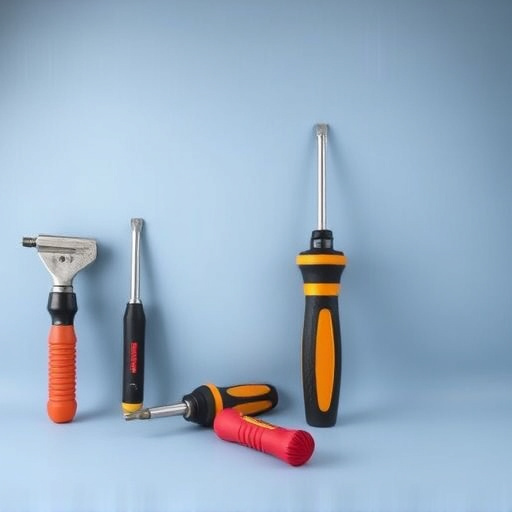
Achieving seamless finishes with waterborne paint systems is an art that technicians master through meticulous mixing and application techniques. These advanced paints offer excellent coverage and low VOCs, making them a popular choice for eco-conscious auto body services and vehicle paint repairs. To ensure a flawless result, technicians should start by understanding the unique properties of waterborne paints. This includes knowing how to properly mix different base colors and additives to create the exact shade required, without visible streaks or imperfections.
A key tip is to use high-quality mixing equipment to blend the paint components thoroughly. Technicians should also pay close attention to the surface preparation, ensuring it’s clean, dry, and free from any contaminants that could affect adhesion. By following these guidelines and continuously honing their skills, auto body technicians can deliver top-notch finishes that not only look stunning but also contribute to a more sustainable future through the use of waterborne paint systems.
Waterborne paint systems have revolutionized the industry with their seamless finishes and eco-friendly benefits. By understanding the basics, mastering mixing techniques, and employing tips for consistent results, technicians can achieve superior outcomes. These strategies ensure that every project looks as intended, contributing to a more sustainable and high-quality painting process.
